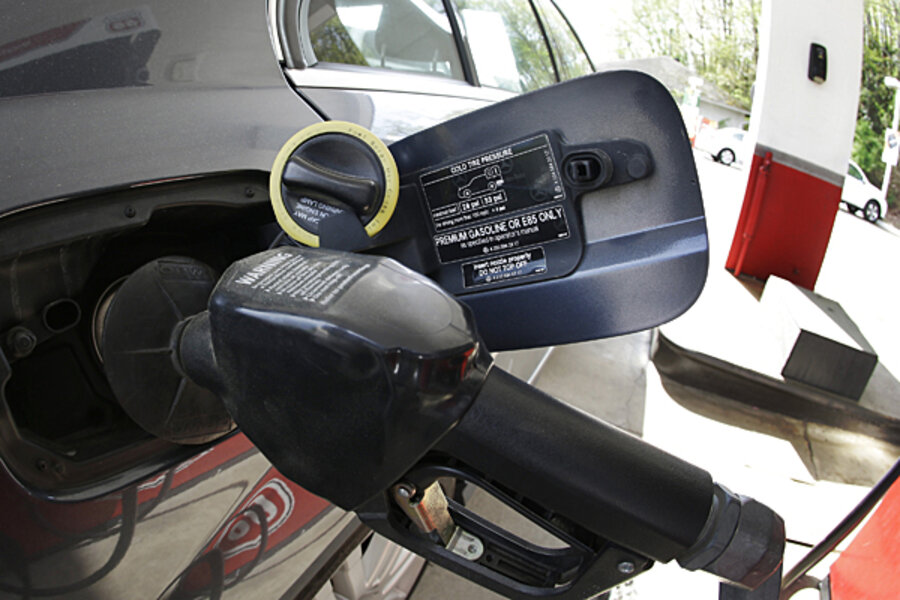Gas prices: What's keeping them from rising even higher?
Loading...
Although high gasoline prices are still frustrating U.S. drivers, things would be even worse if the country weren’t in the midst of a shale oil boom.
The American Automobile Association (AAA) says in that scenario, the average gas price would be around $4 a gallon, or 40 cents higher than the average price for a gallon of gas on April 28 ($3.60). Gas prices are up 16 cents from the same time last month, and 20 cents higher than the average price reported one year ago.
U.S. crude oil production levels have recently reached record highs. Last week, the Energy Information Administration said crude oil inventories were running above average and refineries were operating at more than 90 percent of their operable capacity.
Michael Green, a spokesman for AAA, told Oilprice.com that most U.S. drivers are frustrated by the steady price increases at the pump and may be anticipating some relief from all the increased domestic oil production.
Green said they will be disappointed. "Sadly, the days of cheap gasoline may never return for most American drivers despite the recent boom in North American crude oil production," he said.
That’s because there is a threshold to how low gasoline prices can go, given that crude oil prices -- which account for most of the price drivers pay at the pump -- are influenced by geopolitical issues, like the conflict between Russia and Ukraine and surging energy demand from Asian economies. (Related Article: Fluctuating Gas Prices Can’t Dent Americans’ Love Affair With Their Cars)
And while U.S. refineries are churning out plenty of gasoline, most of them are sending their products overseas, where they're finding better prices. This, in turn, means U.S. gasoline supplies are low, and that's what's preventing the price at the pump from falling, Green said.
The average price for a gallon of gasoline first passed the $3 per gallon mark in the aftermath of Hurricane Katrina in 2005. At the time, AAA surveys showed that most Americans were outraged by the increase. As of today, U.S. drivers have been paying over $3 a gallon for more than three straight years.
Green said it’s common for members of Congress to erroneously claim that more drilling will provide relief for constituents for whom buying gas is an economic burden.
Two years ago, U.S. presidential candidate and former House Speaker Newt Gingrich said gasoline prices could drop to $2 per gallon if drilling activity increased.
With the United States producing more crude oil than at any time in the last 25 years, most Americans probably feel cheated when they don’t see declining prices at the pump, Green said. "As prices rise nationwide, the public understandably wants to know what happened to the $2 gas they were promised.”
This year, gas is expected to peak at $3.79 per gallon, according to the AAA, which is still better than the $4 or more per gallon Green says would be “the new normal” were it not for the boom in U.S. oil and gas production.







